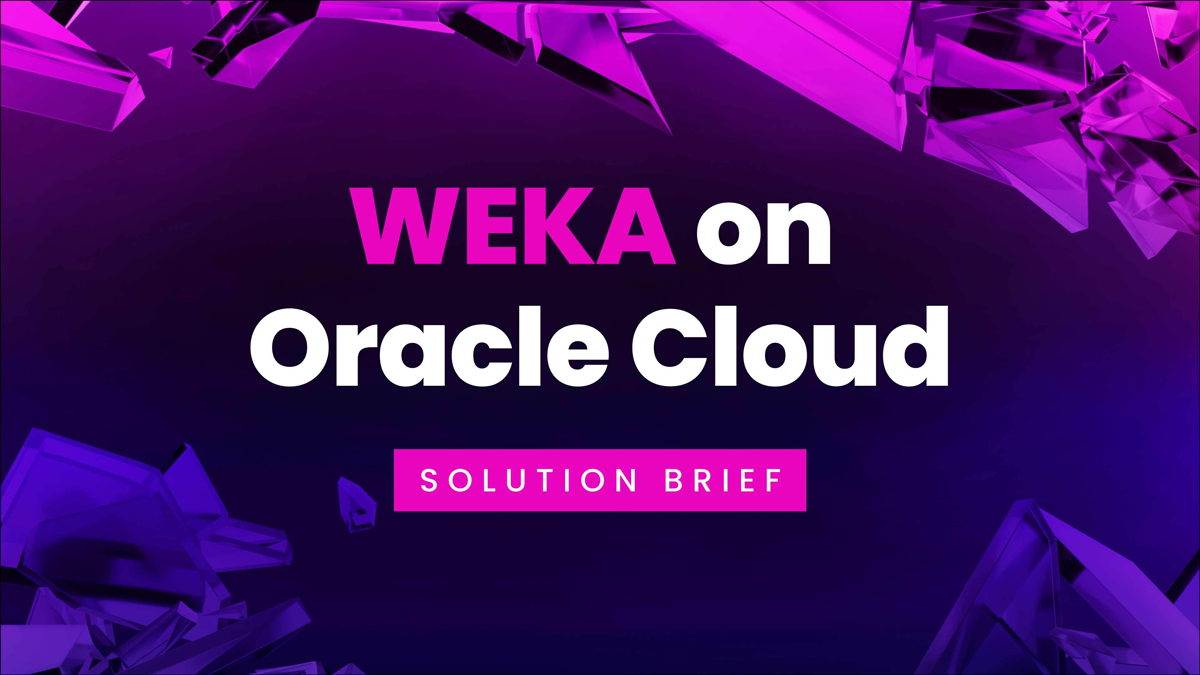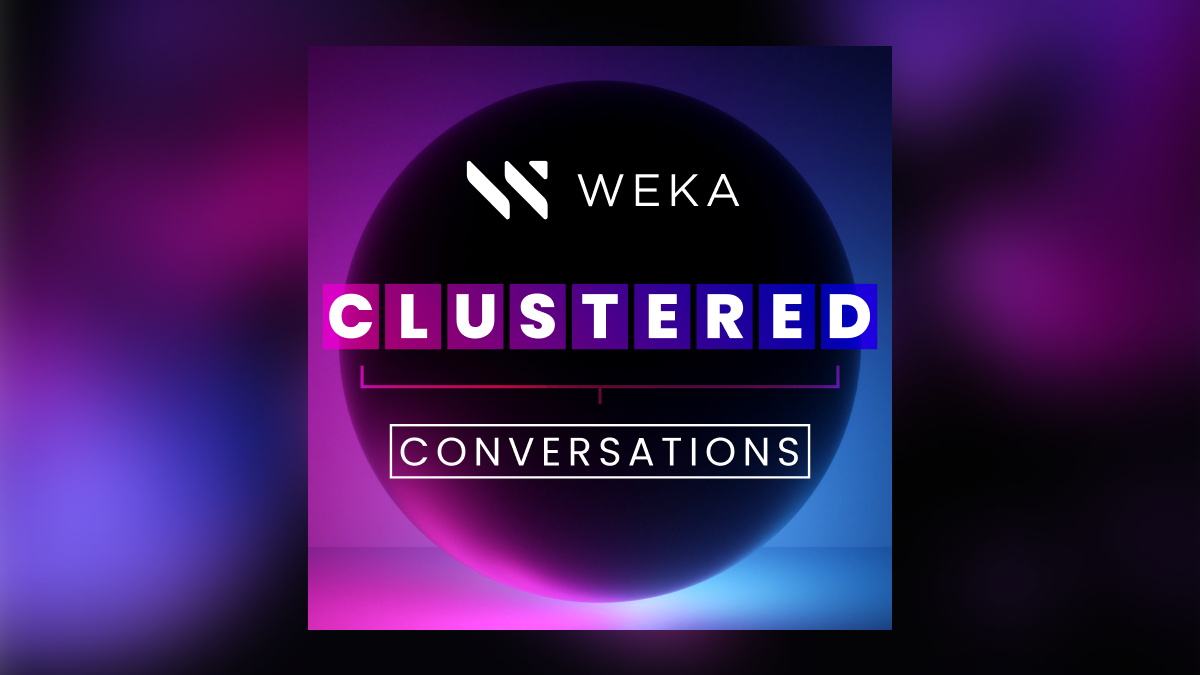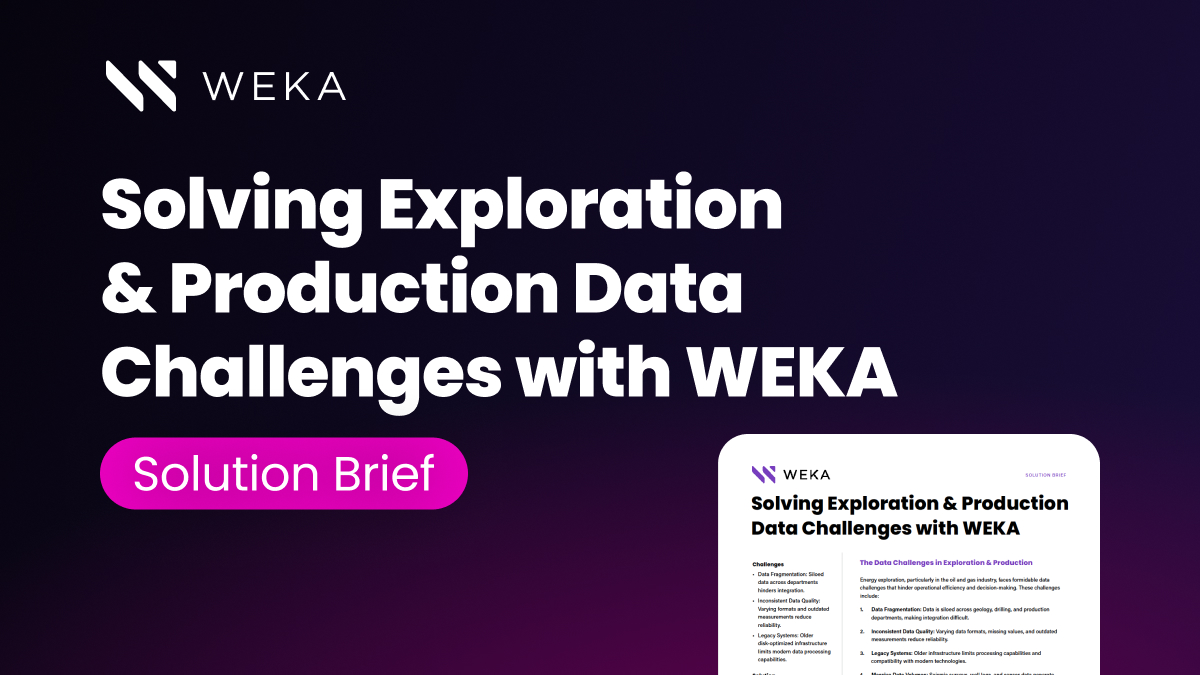AI Pipeline (What It Is & Why It’s Important)

Are you wondering about AI pipelines? We explain what they are, their importance in the AI process, and the tools you need to build one.
What are AI pipelines? AI pipelines are a way to automate machine learning workflows. AI Pipelines general consist of four main stages:
- Preprocessing
- Learning
- Evaluation
- Prediction
What Are Machine Learning Operations?
The term “Ops,” shorthand for “operations,” is appended to many different terms to denote a streamlining of several interrelated processes that fit into a single discipline. For example, one of the more common uses of this framing device is “DevOps,” or integrating several processes (like testing, bug tracking, monitoring and iterative Agile development) into a single pipeline.
Another place where integrated operations play a huge role is machine learning. Machine learning is a complex process with several critical components, and optimally performing those components can prove to be the make or break for reliable machine learning platforms.
MLOps are a critical part of AI platforms due in part to the relationship between machine learning and AI:
- AI Platforms Power Intelligent Machines: Larger machines, including analytics platforms and manufacturing systems, are powered by AI that can support decision-making and optimization. AI usually comprises several components, one of which is machine learning.
- Neural Network Brains Power AI: Neural networks are modeled after what we’ve observed in the human brain—namely, thinking processes are composed of smaller components, like neurons, processing input into increasingly complex processes. Creative thinking is an emergent result of relatively simple task completion.
- Machine Learning Algorithms Teach Neural Networks: Machine learning algorithms, fueled by machine learning pipelines, take data and run it through machine learning models to understand particular systems and how they work. The models used by the machine learning algorithms may change how they learn, but the baseline operation is that the algorithms optimize strategic thinking that can serve as the foundation for an AI platform.
Therefore, an AI pipeline includes the background machine learning algorithms that teach the systems about environmental strategies, forming a larger AI that can drive whatever system or machine it’s connected to. An AI pipeline is essentially a machine learning pipeline.
What Is an AI Pipeline?
An AI or machine learning pipeline is an interconnected and streamlined collection of operations. The information works its way into and through an machine learning system, from data collection to training models.
AI pipelines are composed of “workflows,” or interactive paths through which data moves through a machine learning platform. Generally speaking, these workflows are comprised of the following stages:
- Data Ingestion: AI training takes a vast quantity of information in order actually to train the algorithms running it. It was nearly impossible to gather this much data before modern data platforms. Now, AI platforms pull data from several sources like databases, user inputs, and hybrid cloud systems.
- Data Cleaning: Most data collected through these methods is unstructured. It isn’t data that follows identical clearing, identification, and classification processes. The first step is sifting out corrupt or duplicate data, or simple “dummy data,” that is not helpful for machine learning purposes.
- Preprocessing: Unstructured data, as the name suggests, isn’t categorized, formatted, or stored in a structured manner necessary for proper processing. Preprocessing is automating classification and storage for use before processing.
- Modeling: The machine learning system then creates or refines models based on the given domain of application—essentially, the system is trained with the data ingested. Machine learning systems will create and leverage models to drive intelligent decision-making and inform future models.
- Deployment: The AI can be deployed for use, whether by end users, business users, or data scientists.
The workflow (and thus the pipeline) moves information from collection to final deployment and represents an iterative process that continuously feeds new information (both from data collection phases and user interactions) to the machine learning and AI systems for learning and processing purposes.
How Do ML Workflows Shape AI Pipelines?
While we understand what an AI pipeline does, it’s also important to understand how AI processes function within these pipelines.
AI has several stages that it works through as part of its “learning” processes. These stages include the following:
Preprocessing
While we’ve already covered this part, it’s important to understand that several stages of an ML workflow serve as preprocessing for AI applications. This includes cleaning data, structuring it, and preparing it for AI learning models.
Learning
Machine learning is an entire discipline itself and a subset of AI. As part of an AI system, machine learning algorithms will use different models to process data.
Some of the most common forms of machine learning supporting AI pipelines include the following:
- Supervised Learning: Supervised learning is how data scientists provide machine learning algorithms with examples of desired output based on sample input. The machine learning algorithms then use that correlation to learn how to best structure their behavior based on the relationships between inputs and outputs. It’s like an algebraic equation, where machine learning learns how to best solve for “X” given sample numbers. This form of learning supports types of applications like data classification and analytics.
- Unsupervised Learning: As the name suggests, this form of learning omits any structured outputs for machine learning to learn from. Instead, the machine learning algorithm uses data sets to learn about the inherent patterns in that data and how to best use it for a specific task. This machine learning supports advanced strategic actions like data mining and data organization.
- Reinforcement Learning: Reinforcement learning primarily relates to agents in digital or physical systems and uses action-and-reward teaching to help these agents learn how to model strategic actions within those environments. This kind of learning is most often deployed in multiplayer games.
- Deep Learning: Deep learning is a form of teaching that uses layers of neural networks to facilitate machine learning for complex tasks like pattern recognition for physical systems, like image and facial recognition. This form of learning is not exclusive, as it is driven by neural networks to facilitate broader learning techniques. So, for example, you can use deep learning techniques with any of the listed approaches. Deep reinforcement learning is a common form of machine learning for very advanced systems.
Evaluation
The AI system, driven by a “trained” brain created with machine learning techniques and technologies, evaluates incoming data from user input. This stage requires that the information provided to the AI matches the information it expects to receive and that it has been trained with.
Note that in the process of structuring unstructured data for use in an AI platform, it must be organized in a standardized way. Regardless of whether you use supervised or unsupervised data, it will be structured in a standardized way.
Prediction
Based on the strategies learned through the learning process, the AI will make predictions based on the information, which will inform decisions. This can include what insights the machine provides to users, how it pilots other machines like self-driving cars or manufacturing equipment, or performs complex analytics on risk management tables.
Power AI Pipelines with WEKA Cloud Infrastructure
AI pipelines require a lot of resources: computing power, ready-access storage, disaster recovery and backups, specialized hardware for machine learning applications, etc. Typical cloud environments don’t usually have this capacity. Instead, data scientists turn to specialized hybrid cloud environments to run their complex AI pipelines.
WEKA provides such an environment, including the following features:
- Streamlined and fast cloud file systems to combine multiple sources into a single high-performance computing system
- Industry-best GPUDirect Performance (113 Gbps for a single DGX-2 and 162 Gbps for a single DGX A100)
- In-flight and at-rest encryption for governance, risk, and compliance requirements
- Agile access and management for edge, core, and cloud development
- Scalability up to exabytes of storage across billions of files
Contact us to learn more about WEKA and hybrid cloud for AI pipelines.





